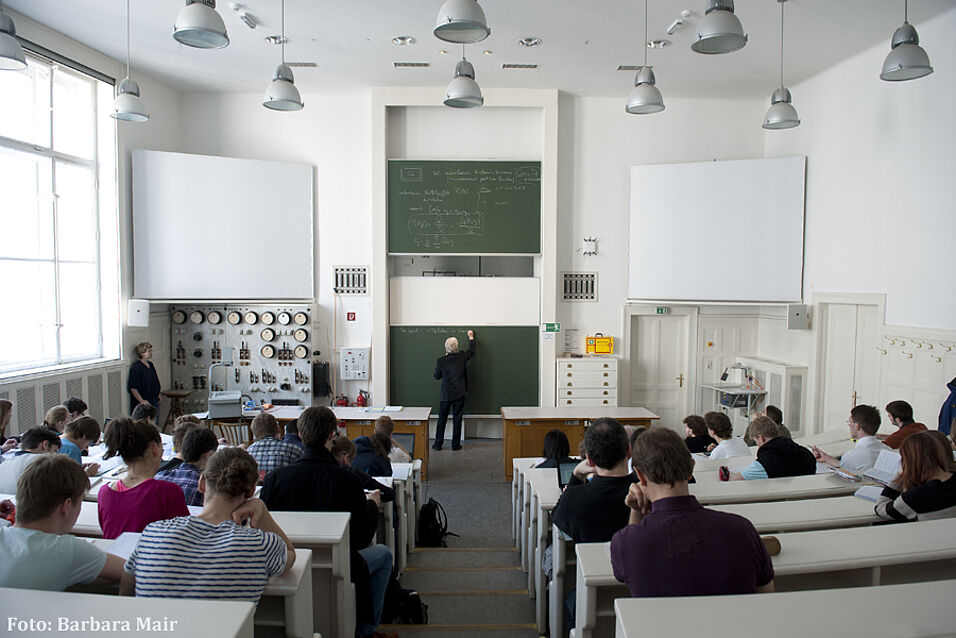Kirkwood-Buff (KB) theory was originally derived by Kirkwood and Buff [1] and can be used to relate nanoscale structure properties (i.e. radial distribution functions) of multicomponent isotropic liquids to macroscopic thermodynamic quantities like derivatives of chemical potential with respect to composition, partial molar volumes, and isothermal compressibility. Kirkwood-Buff theory was originally derived for open systems in the thermodynamic limit, but even with those limitations it has become a popular method to relate thermodynamic and structure properties using molecular simulations and experiments.
Using classical simulations, like Molecular Dynamics in the canonical- or micro canonical ensemble (i.e. NVT or NVE), a common assumption has been to disregard the difference between open and closed systems. Extending the radial distribution function using various schemes has also been tried to improve the convergence of the integrals. Recent advances in theory [2] has successfully extended KB theory to also work with closed systems. In this talk I will discuss some of the recent progress we have made in understanding finite-size effects and using closed molecular simulations to calculate Kirkwood-Buff integrals from molecular simulations.
[1] J. G. Kirkwood, F. P. Buff, The statistical mechanical theory of solutions. I, The Journal of
Chemical Physics 19 (6) (1951) 774–777.
[2] P. Krüger, S. K. Schnell, D. Bedeaux, S. Kjelstrup, T. J. H. Vlugt, J.-M. Simon, Kirkwood–
Buff integrals for finite volumes, Journal of Physical Chemistry Letters 4 (2) (2013) 235–238
Sondre K. Schnell (Norwegen): Kirkwood-Buff integrals from Molecular Simulations
Location:
Verwandte Dateien
- Lecture_Schnell_271118-1.pdf 133 KB

Foto: Barbara Mair
